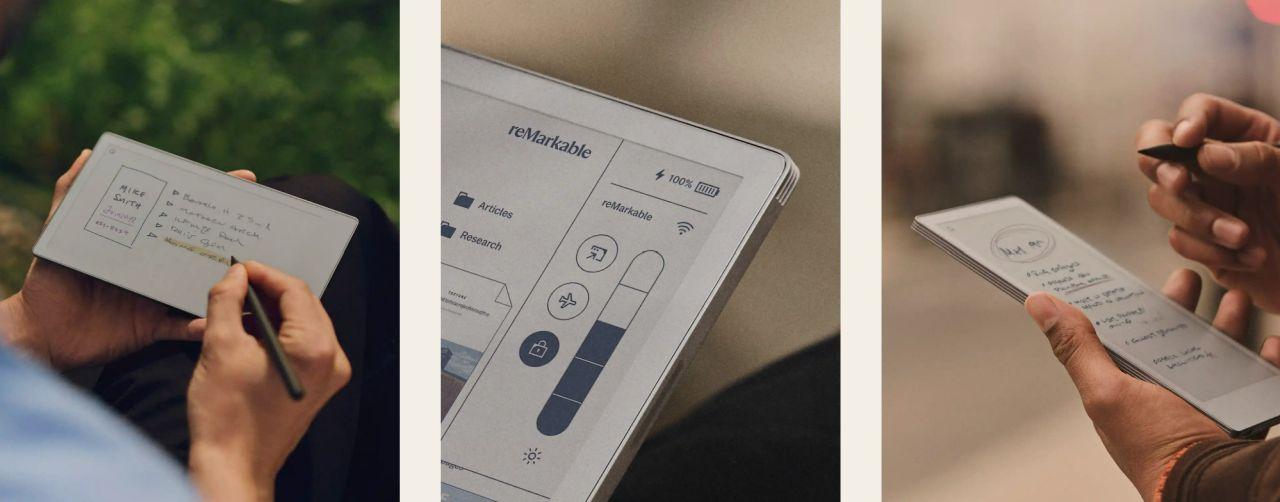
Who Decides What the Work of the Future Looks Like?
There is increasing interest today in the impact that technology has on our working lives, but the current focus on the future of work often separates employers and employees from society as a whole. My view is that the changes that are happening to our working lives will also determine the types of societies we will live in.
This year, I have the privilege to be part of Solve’s Challenge Leadership Group for Work of the Future. This Challenge asks the question: How can those left behind by the technology-driven transformations of work create productive and prosperous livelihoods for themselves?
That is an important question. I don’t think anyone can truly predict whether the fourth industrial revolution will—in the long term—lead to more equal, cohesive societies in which individuals are free to prosper and express themselves, or societies that are more divided, less empowered, and have greater inequalities.
Then there is the question of whether we are building technology with inherent bias, only to further our divides. There is evidence today that automation disproportionately affects women. The protection of workers’ rights, hard fought for in the last century, is being challenged by new employment (or rather, non-employment) models.
On the other hand, there are opportunities to disconnect work from place and open up access to employment beyond cities and national borders. We can challenge the one-to-one ratio between a role and a person, which could open up many forms of job sharing. We could rethink the concept of income, pooling capital or assigning it to teams, functions, or communities with variable definitions of how it gets distributed to individuals.
There are many more issues and opportunities alike. In listening to the points and arguments on problems and solutions, the question that stays in my mind is, who determines what this future looks like? Some say we have already left it to the tech giants. Others say it’s “the government.”
The reality is that there is no guiding mind or organization. The vision we strive for will be determined by the means we take to shape it. That’s why I am so excited to be part of Solve. Solve is trying to shape the answers in the most 21st century of ways: through collaboration, using technology positively and with open access for all to participate. That’s the work, and the world, that I want to be part of.
If you’ve got an an idea, Solve’s Work of the Future Challenge is open to proposed solutions until July 1. Take a look and submit your idea!
Challenges Coalition Working Group: Work of the Future during Solve at MIT, May 18, 2018. (Photo: Jen Tse / MIT Solve)
Tags:
- Economic Prosperity
Related articles
-
Powered by Purpose: E Ink’s ePaper Technology Takes Aim at the World’s Toughest Problems
Because it draws power only when an image changes—and none at all while static—ePaper reduces energy consumption by orders of magnitude. That single breakthrough unlocks net-zero transit signs, off-grid medical notebooks, and other applications that traditional screens simply can’t power sustainably.
-
MIT Solve Launches $1.5M Global Search for Tech-Enabled Social Innovations
The world's leading social impact platform seeks tech innovators tackling global challenges in Climate, Health, Learning, Economic Prosperity, and Indigenous Communities
-
What You Missed at Virtual Solve Challenge Finals 2020
This week, we hosted MIT Solve’s fourth Solve Challenge Finals, our annual social impact pitch event, and the first virtual one in Solve history. We gathered our global community to connect, collaborate, and meet the next generation of innovators—and at the end of the day, we were thrilled to announce...